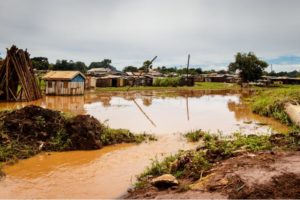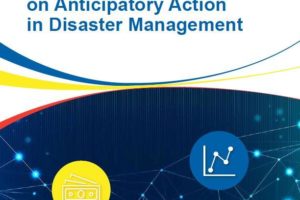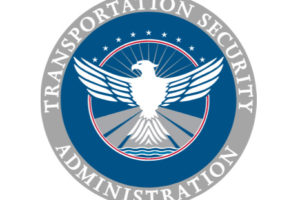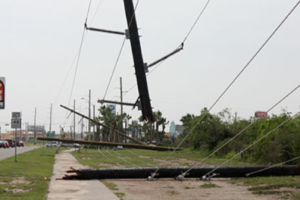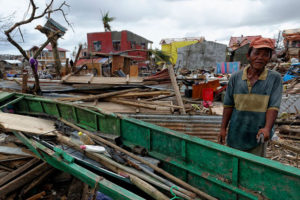CISA Developed Cross-Sector Recommendations to Help Organizations Prioritize Cybersecurity Investments

The Department of Homeland Security released the Cybersecurity Performance Goals (CPGs), voluntary practices that outline the highest-priority baseline measures businesses and critical infrastructure owners of all sizes can take to protect themselves against cyber threats. The CPGs were developed by DHS, through the Cybersecurity and Infrastructure Security Agency (CISA), at the direction of the White House. Over the past year, CISA worked with hundreds of public and private sector partners and analyzed years of data to identify the key challenges that leave our nation at unacceptable risk. By clearly outlining measurable goals based on easily understandable criteria such as cost, complexity, and impact, the CPGs were designed to be applicable to organizations of all sizes. This effort is part of the Biden-Harris Administration’s ongoing work to ensure the security of the critical infrastructure and reduce our escalating national cyber risk.
“Organizations across the country increasingly understand that cybersecurity risk is not only a fundamental business challenge but also presents a threat to our national security and economic prosperity,” said Secretary of Homeland Security Alejandro N. Mayorkas. “The new Cybersecurity Performance Goals will help organizations decide how to leverage their cybersecurity investments with confidence that the measures they take will make a material impact on protecting their business and safeguarding our country.”
CISA developed the CPGs in close partnership with the National Institute for Standards and Technology (NIST). The resulting CPGs are intended to be implemented in concert with the NIST Cybersecurity Framework. Every organization should use the NIST Cybersecurity Framework to develop a rigorous, comprehensive cybersecurity program. The CPGs prescribe an abridged subset of actions – a kind of “QuickStart guide” – for the NIST CSF to help organizations prioritize their security investments.
“To reduce risk to the infrastructure and supply chains that Americans rely on every day, we must have a set of baseline cybersecurity goals that are consistent across all critical infrastructure sectors,” said CISA Director Jen Easterly. “CISA has created such a set of cybersecurity performance goals to address medium-to-high impact cybersecurity risks to our critical infrastructure. For months, we’ve been gathering input from our partners across the public and private sectors to put together a set of concrete actions that critical infrastructure owners can take to drive down risk to their systems, networks and data. We look forward to seeing these goals implemented over the coming years and to receiving additional feedback on how we can improve future versions to most effectively reduce cybersecurity risk to our country.”
“The Biden-Harris Administration has relentlessly focused on securing our Nation’s critical infrastructure since day one,” said Deputy National Security Advisor for Cyber and Emerging Technologies Anne Neuberger. “CISA has demonstrated tremendous leadership in strengthening our critical infrastructure’s cyber resilience over the last year. The Cyber Performance Goals build on these efforts, by setting a higher cybersecurity standard for sectors to meet.”
“Given the myriad serious cybersecurity risks our nation faces, NIST looks forward to continuing to work with industry and government organizations to help them achieve these performance goals,” said Under Secretary of Commerce for Standards and Technology and NIST Director Laurie E. Locascio. “Our priority remains bringing together the right stakeholders to further develop standards, guidelines and practices to help manage and reduce cybersecurity risk.”
In the months ahead, CISA will actively seek feedback on the CPGs from partners across the critical infrastructure community and has established a Discussions webpage to receive this input. CISA will also begin working directly with individual critical infrastructure sectors as it builds out sector-specific CPGs in the coming months.
To access these new CPGs visit CISA.gov/cpgs.


